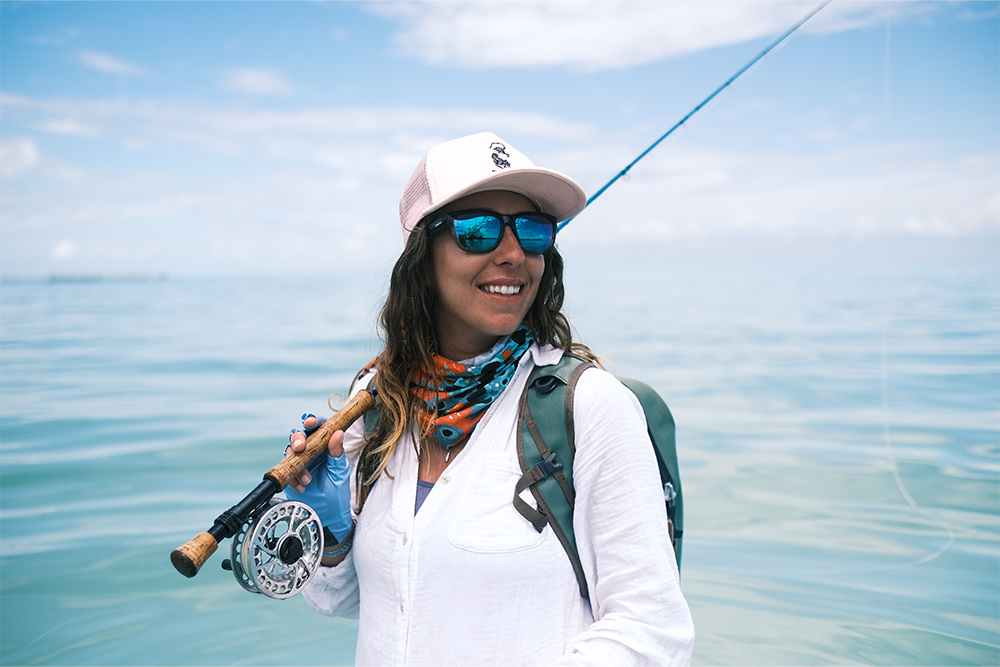Sunglasses are more than just a fashion accessory for anglers; they are an essential tool that can significantly improve your fishing experience. The right pair of sunglasses can protect your eyes from harmful UV rays, reduce glare, and enhance your vision, allowing you to spot fish and underwater structures more effectively. Here’s how to choose and use sunglasses for fishing.
Choosing the Right Lens Color
Different lens colors serve various purposes and excel in specific conditions. Grey lenses are versatile and reduce overall brightness without distorting colors, making them suitable for bright sunny days. Amber or brown lenses enhance contrast and depth perception, making them ideal for variable light conditions and freshwater fishing. Yellow lenses are excellent for low-light conditions such as dawn or dusk, while blue or green mirror lenses are perfect for offshore and saltwater fishing, as they reduce glare from the water’s surface.
Polarized Lenses
Polarized lenses are a must-have for any angler. These lenses reduce glare from the water’s surface, allowing you to see beneath the water and spot fish, structures, and obstacles more clearly. Polarized sunglasses enhance your ability to track fish movements, identify feeding zones, and avoid hazards. Invest in high-quality polarized sunglasses for the best visual clarity and performance.
UV Protection
Prolonged exposure to UV rays can damage your eyes and increase the risk of cataracts and other eye conditions. Choose sunglasses that offer 100% UV protection to safeguard your eyes while fishing. Look for labels indicating UVA and UVB protection to ensure comprehensive coverage.

Frame Design and Fit
The frame design and fit of your sunglasses are crucial for comfort and functionality. Wraparound frames provide better coverage and protection from peripheral light and glare. Ensure the sunglasses fit snugly and comfortably on your face, with no pressure points or gaps. Adjustable nose pads and temple tips can enhance the fit and stability, especially during active fishing sessions.
Anti-Reflective and Hydrophobic Coatings
Anti-reflective coatings on the inside of the lenses reduce glare and reflections, improving visual clarity. Hydrophobic coatings repel water and reduce smudging, ensuring your lenses stay clear even in wet conditions. These coatings enhance the overall performance and durability of your sunglasses.
Maintaining Your Sunglasses
Proper maintenance is essential to keep your sunglasses in top condition. Clean the lenses regularly with a microfiber cloth and lens cleaner to remove dirt, smudges, and saltwater residue. Store your sunglasses in a protective case when not in use to prevent scratches and damage. Avoid placing them face down on surfaces and handle them with care.
Using Sunglasses Effectively
When fishing, position yourself to take advantage of the polarized lenses. Face the water with the sun at your back or side to reduce glare and improve visibility. Scan the water’s surface for signs of fish activity, such as movement, shadows, or changes in color. Use your sunglasses to spot underwater structures, vegetation, and drop-offs, which are often hotspots for fish.
By choosing the right sunglasses and using them effectively, you can enhance your vision and fishing success, making your time on the water more enjoyable and productive.
Image: SmithOptics





